Period frame in solid ebony. Perfect condition - Restored in our workshop.
1) The annotation on the back reads: "Soy del Pfr. Balthasar de los Reyes" Which, in old or semi-Latinized Spanish, means: "I am (I belong) to Father Balthasar de los Reyes".
In Spain, at the end of the 16th century, many religious paintings actually came from Flemish workshops active in Antwerp (e.g., the workshops of Pieter Coecke van Aelst, or his followers, but also painters like Maerten de Vos);
We believe this was probably commissioned for a Franciscan convent, as Saint Jerome was highly valued in contemplative orders, especially in the highly marked Spanish context of the Counter-Reformation. The mark on the reverse of the panel attests to this hypothesis.
2) Maarten de Vos (Antwerp, active circa 1570-1600) displays a very similar iconography and style: the same idealized urban landscapes, the same bold colors, and the same white-bearded Saint Jerome.
3) The ebonized and fluted frame is in the spirit of 17th-century montages, often used in Spain and Flanders.
4) It is possible that this painting was owned or commissioned in Spain at the end of the 16th century, but stylistically it is much more consistent with a Flemish Mannerist production (Antwerp School, late 16th century) intended for export to Spain or Italy. So rather than an attribution to a Spanish painter, I would lean towards a Flemish work exported to Spain around 1580-1600.
5) The design of the draperies, the somewhat dry complexion, and the almost "graphic" precision of the landscape are closer to the Antwerp school (Flanders) than to Spain directly.
The very expressive and elongated face, as well as the stylized lion, recall the Flemish works massively exported to Spain at the end of the 16th century.
6) Our painting is very similar to Maerten de Vos's painting - St. Jerome near a Cave (Maagdenhuismuseum, Antwerp). We note the same posture, the same attributes (skull, crucifix, hat), the lion is visible. The distant landscape is present. Our painting shows a well-modeled drapery, clean folds, the green-blue of the saint's garment, the red of the hat stands out.
We also note the presence of architecture in the distance, a clear sky with pastel tones, and rocks in the foreground. The perspective and atmospheric effects seem attempted, but the rendering appears slightly simplified/less complex than in Maarten de Vos's major examples.
Our painting has less contrasting colors, softer light, perhaps fewer deep shadows, and the sky and landscape appear evenly lit, which could indicate a studio variation, a retouch, or simply a less experienced artist; it could also be due to a format intended for a less prestigious market.
The lion is often placed below or next to the saint, the skull on the ground, and the presence of a crucifix on a rock. These elements are well integrated and finely treated in Vos's work.
So, to conclude, in our work, the details are good, but certain passages (e.g., rocks, foliage, edges of the sky) seem less refined, more "painted" than "scraped." This kind of variation is typical of studio works; This does not disqualify the "Vos circle" or "Vos workshop" hypothesis, but it weakens the possible direct attribution to Maerten himself.
Our painting shares many strong characteristics with the documented works of Maerten de Vos or his circle: the same iconography, a very similar composition, the same choice of dominant colors for the saint (green/blue) and symbolic accessories.
However, some minor differences in the rendering of light, the fineness of the details, and the treatment of secondary elements (sky, rocks, vegetation) suggest a less prestigious hand, which could mean a workshop work, a copy after Vos, or a strongly inspired follower.
It is not impossible that this is an original by Vos (or under the supervision of his workshop), but without technical studies (pigments, support/dendro-chronology, X-rays, pentimenti), it is more prudent to speak of attribution to the circle of Maerten de Vos / follower.



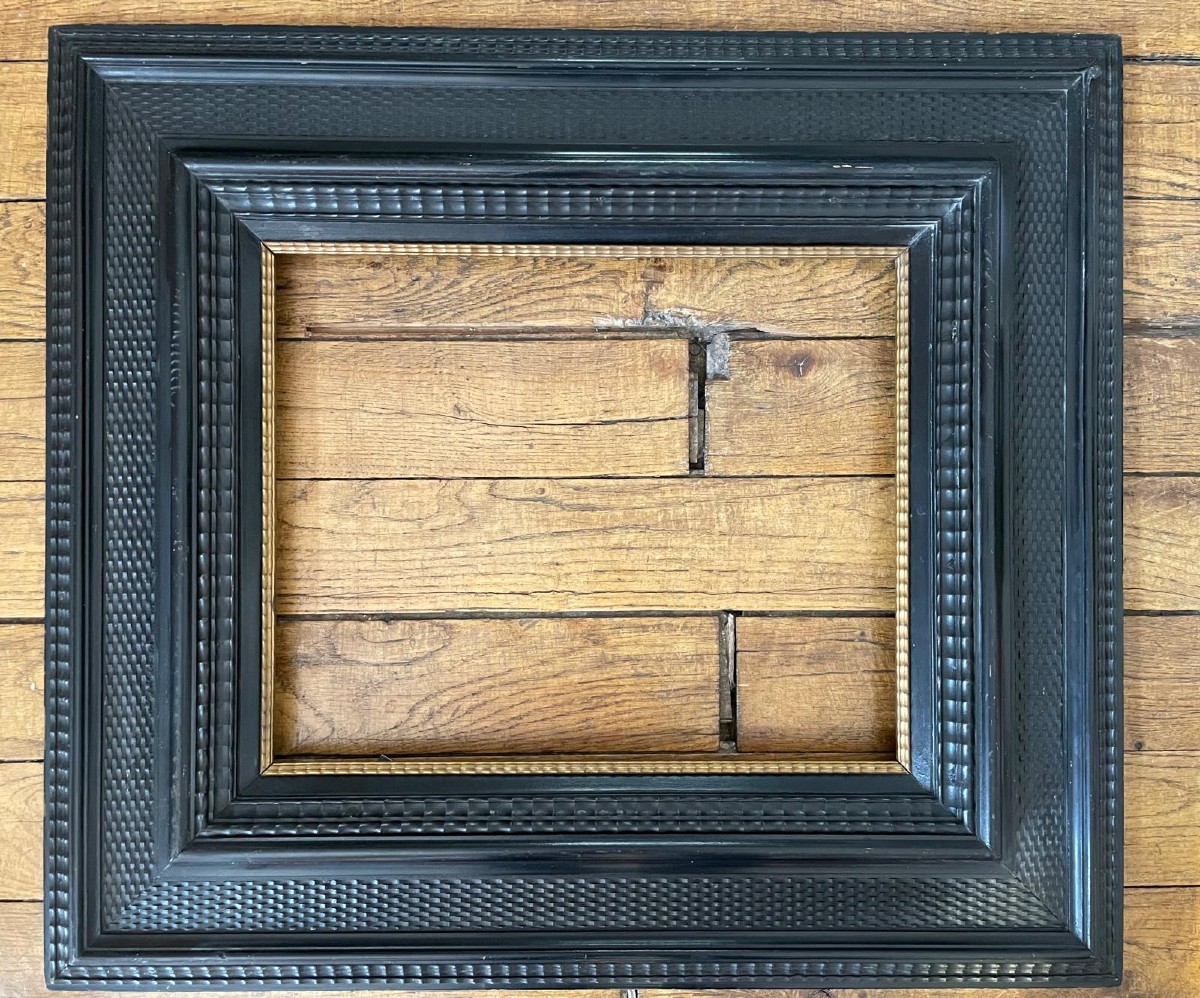

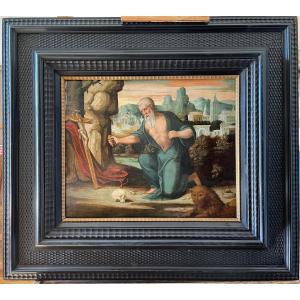















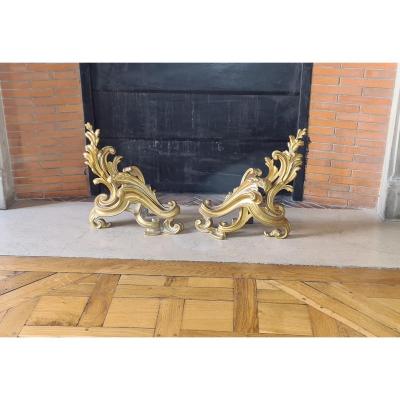
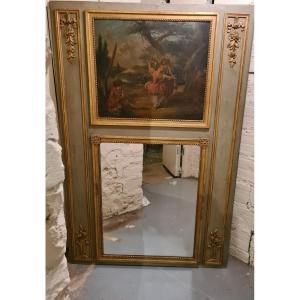
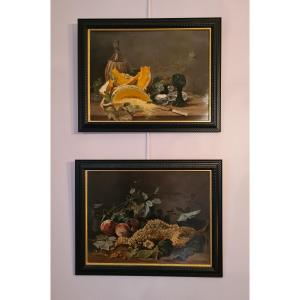




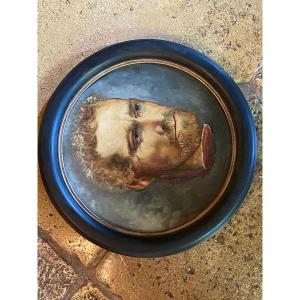



 Le Magazine de PROANTIC
Le Magazine de PROANTIC TRÉSORS Magazine
TRÉSORS Magazine Rivista Artiquariato
Rivista Artiquariato